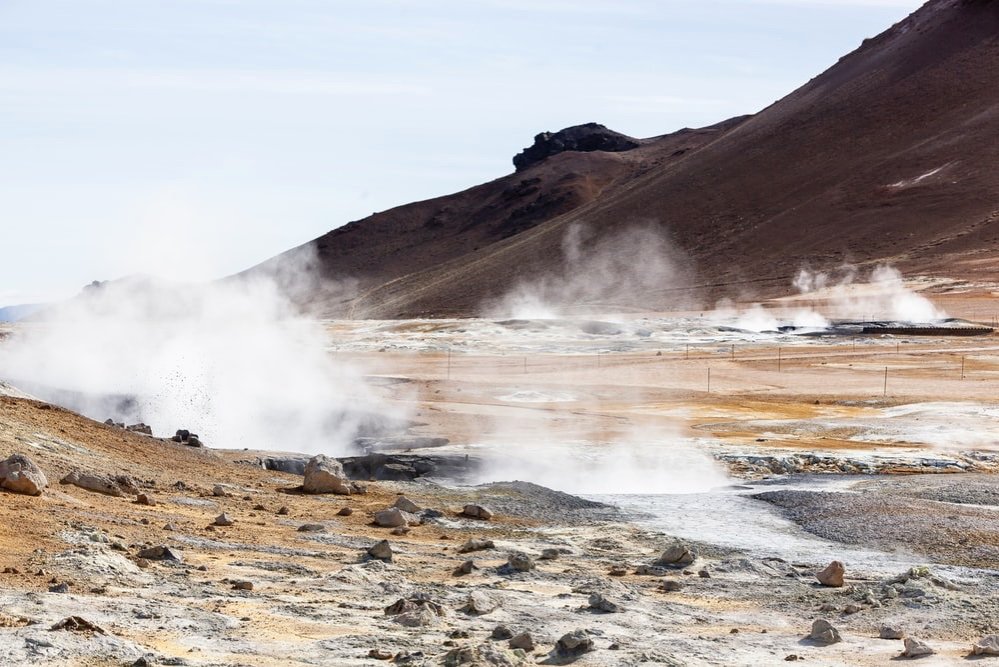
Most Americans live in natural hazard hot spots
Climate change is to blame, but targeted and poorly executed planning decisions mean that half of U.S. buildings lie in natural hazard “hot spots.”
Blowing off steam: How clean energy could stabilize faults
Geothermal energy production, considered a clean source of power, might help stabilize an otherwise active fault system.
A fluid’s journey into deep earth may explain deep quakes
An interdisciplinary collaboration investigates one of earth science’s cryptic mysteries
#BlackInMarineScienceWeek increases the visibility of Black marine scientists
A week showcasing Black scientists from every imaginable marine science niche, with the goal of inspiring younger generations
Movers & shakers, Foraminifera Defy all Expectations
How tiny, shelled protists reproduce helps explain their strange evolutionary patterns
Some seagrasses work harder than others to slow climate change
Seagrass meadows lock “blue carbon” away in mud and sand
Ocean acidification eats away at the shells of abalone and other economically important shellfish species
Scientists uncover yet another negative impact of climate change on the world’s oceans
Simulating climate change in the lab
New chemistry experiments teach students the effects of greenhouse gases







